Taking a bit of a break from my recent ’80s binge, I hope you will join me as we visit an outstanding car museum. It took me quite a while, but I finally got there: Toyota’s car collection is probably one of the most impressive in Asia – certainly in Japan. It’s located on the outskirts of Nagoya, a couple of hours from Tokyo by bullet train. It was worth the wait, as I hope you’ll agree throughout the week and beyond.
Just a couple of things before we get to the visit proper. First, my smartphone is getting dumber, as in quite slow, so photo quality will be rather uneven. I flubbed a few exhibits along the way, apologies about that. Better equipment is actively being sought at this time. Also, some cars that might be seen in the background but not in close-up may be reserved for stand-alone posts. With that said, let’s hit the route in chronological order, as the museum is set up that way. We’re going to spend a bit more time in the older section, as it’s a great collection and we don’t get enough exposure to prewar stuff on CC, in my view.
This place really starts things at the beginning. This is an 1894 Benz Velo – the smaller Benz of this dawn of the automobile age. Single horizontal cylinder, 1045cc, 1.5hp and a max speed of about 20kph. (They also display the 1885 Benz Patentwagen, but it’s a replica. And I didn’t manage a good photo of it…)
The first revolution in car design was Panhard & Levassor’s decision to place the engine (a parallel twin displacing 1699cc) in front, as seen on this 1898 6HP “wagonnette.”
Would monsieur care for something a bit lighter, perhaps? How about this 1897 De Dion-Bouton tricycle, powered by an air-cooled 1-cyl. of only 250cc. Pretty popular in its day, apparently – enough for DD-B to become the number one motor vehicle manufacturer in Europe by 1900, anyway.
De Dion-Bouton’s other big success at the time (1899) was their Quadricycle. Same 1.75hp engine as the aforementioned tricycle, but with a plump passenger in the front chair, the potential for a bit more safety for the operator. Still fitted with pedals, just in case there’s an incline ahead.
Before (and I mean waaaaay before) Tesla and Rivian, there was the 1902 Baker Electric. Just 1hp, but if you’re competing with an actual horse and buggy, that’s not too bad. And your oat budget is reduced to the driver’s breakfast porridge.
The curve, the myth, the legend – the Oldsmobile Curved Dash, sold in the thousands in the early years of the 20th Century. Snazzy white tyres, too.
This is the first Cadillac, known nowadays as the “Model A” but sold as the Tonneau or Runabout from late 1902. It has a 1.6 litre 9hp 1-cyl. engine mounted amidships. But at least there is a steering wheel now.
Not everyone abandoned the tiller immediately, as we can see from this 1904 Lanchester. Amazingly, this 12HP car has a 4-litre flat-twin.
With the 1905 Swift, we’re starting to see something that looks more like a car than a horseless carriage. Three cylinders, 9hp, 1356cc – all made in the city of Coventry, a.k.a. Britain’s Detroit.
There is a side exhibit about the history of Japan’s automotive industry, of course. Lots of interesting graphs and data, but also this greatly retouched photograph of the first 100% Japanese-made car, Yamaba’s Steam Bus, made in 1904.
The first petrol-engined Japanese car was the “Takuri” (translates as “rattle” – must have been a rather noisy machine), made by a Mr Yoshida from imported parts circa 1905. This is car number four (of about ten made), being delivered to Prince Arisugawa in 1907. Unfortunately, the only traces we have of these initial efforts at car manufacturing are photos, the cars themselves having disappeared.
Steam had its merits and advocates, in the first decade of the 20th Century, as we can see from this handsome 1909 Stanley. No gearbox, no driveshaft, no noise – just needs a good half-hour to get her started.
The ultimate killer of the Stanley was the Ford Model T. This 1909 (i.e. model year 1) example looks glorious with those brass fittings, huge acetylene headlights and, well, that colour! Apparently, you couldn’t even order them in black in the first model years.
A moment of hushed reverence, please, for the 1910 Rolls-Royce Silver Ghost. The Model T was going to put the world on wheels, but the Ghost was going to show how refined said wheels could be. Six cylinders and 7428cc to effortlessly propel this giant chassis in (relative) silence…
Rolls wasn’t the only game in town, though. Crowned heads and tycoons of the 1910s tended to favour the Delaunay-Belleville 40HP, like this 1911 example. Delaunay kept a good reputation after the war, yet gradually faded into obscurity. The last automobile chassis bearing their name was made in 1947.
As a part of GM since 1908, Cadillac grew into a true flagship very quickly. This 1912 Model 30 was extremely advanced for the time: electric self-starter, electric lights, standardized parts… The V8 was still a few years away though, as this one is powered by a 4.7 litre 4-cyl. giving out 40hp.
Few cars of this period are instantly recognizable, but the Morris radiator is like no other. This 1913 Oxford has a modest 1-litre 4-cyl. producing a healthy 16.5hp.
The first Peugeot to sell over 3000 units was the diminutive Type BP1 “Bébé,” made between 1913 and 1916. Ettore Bugatti designed this extremely small and light (350kg) machine, selling the license to both Wanderer in Germany and Peugeot in France. The Peugeot version’s tiny 855cc 4-cyl. only gave out 10hp, but that was enough to reach 60kph.
GM’s answer to the Model T was the Chevrolet Series 490. This one is a 1918 car, featuring a 2.8 litre OHV 4-cyl. and a normal 3-speed gearbox, as opposed to Ford’s weird planetary transmission.
By appointment to His Majesty, the aristocratic motorcar of choice was Daimler. This 45HP Special, which has a 7.4 litre sleeve-valve straight-6, was ordered new in 1919 by the Maharaja of Surguja.
From 1909 to 1950, with few changes, Morgan made the legendary Aero three-wheeler. This one is a 1922 model, its 1.1litre OHV V2 being out for all to see and enjoy.
Hudson’s small car was the Essex, which had a 2.9 litre 4-cyl. wrapped in a tidy 4-door canvas-topped body. We’re in 1923 here – the horse and buggy days are well and truly gone.
“Britain’s Model T” – the highly influential Austin Seven. This early-model car (from 1924) still has the kooky scuttle-mounted headlights. Awesome.
I was glad to see they had one of these. The Citroën 5CV (1922-26), also known as the Trèfle (“clover”), was one of the French carmaker’s first big hits. Three seats, a tiny 856cc 4-cyl. only produced 11hp, but it was extremely solid, as was the rest of the car.
The yellow paint elicited the nickname “Petite Citron” (“Little lemon,” which didn’t have the same connotations 100 years ago). Over 80k were made, but the French government closed the tax loophole that made them so popular. They were tough little things though, commonly seen across France up to the ‘50s and ‘60s.
Last car for this post, but certainly not least: Belgium’s answer to Rolls-Royce, Packard and Mercedes – the glorious Minerva Type AC (30HP), with a 5.3 litre 6-cyl. sleeve-valve churning out 83hp. One of the cars to be seen in on Sunset Boulevard back in 1925.
Now that we’ve reached the 100-year mark, let’s pause and reflect. Which one of these would you have in your fantasy garage? I’m tempted by the Stanley – the idea of a steam-powered car is so alien. Looks-wise, I’d be hard pressed to pick between the Citroën and the Essex. See you tomorrow for some later classics and glorious ‘30s streamliners.

























































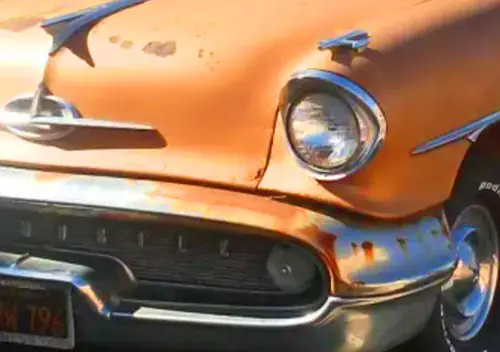
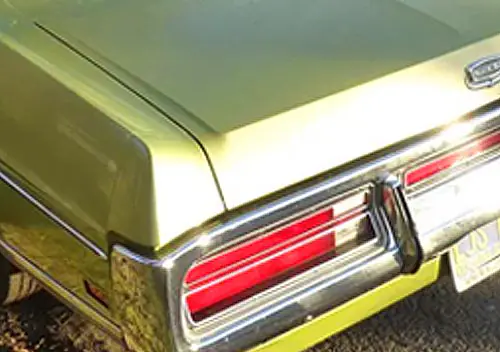



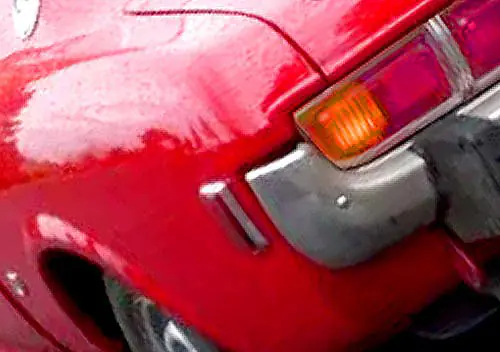

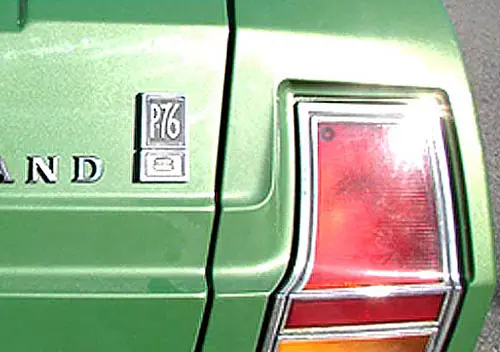
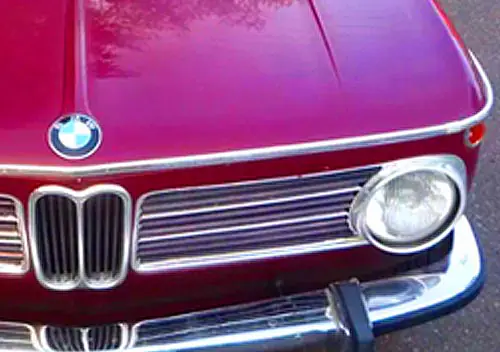


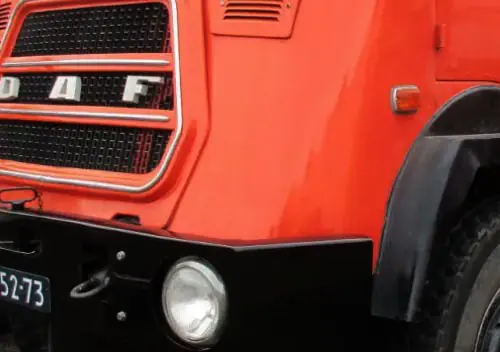
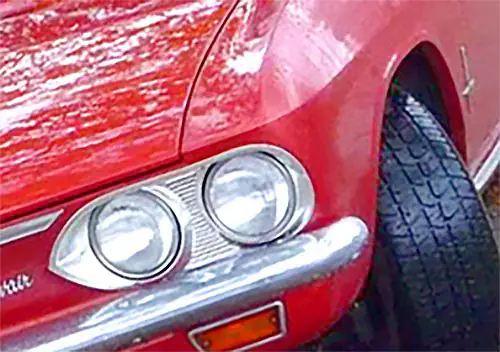

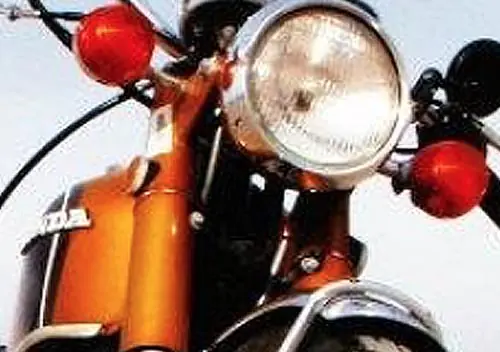
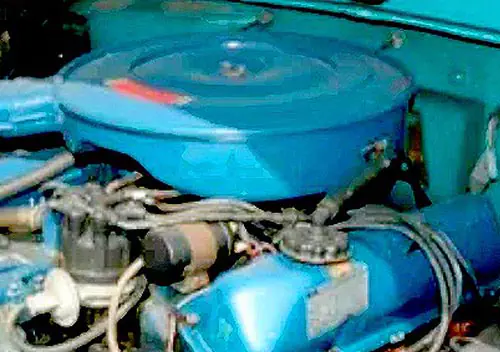



Wow, I’d love to go to this museum .
-Nate
Your BEAUTIFUL photos of these BEAUTIFUL cars bring out some details I’ve never been able to discern before. The steering mechanisms show a distinct change from simply turning the whole axle to spindles and tie rods. Horse-drawn carriages had a simple joint because the tongue and harness were connected to the turnable axle. The new form marks a change in mindset.
Also, it’s easy to tell which visitors were casually interested and which was a gearhead. The gearhead clearly wished he could slide under the car for a closer look.
Great article, a comprehensive collection. Don’t apologize for the quality, showcasing this museum is important. It is nice to see a manufacturer collection that includes a comprehensive inclusion of other makes.
One minor correction, the Essex in the photo is about 1925 given the boxy body shape, the sharp angles around the radiator and a very vertical windshield. The 6 years until 1932 saw major changes in body design getting more of an aerodynamic influence and wheels/tires with more weight handling capability, and the later 1930s even more so.
Wow, tres magnifique! Your pictures are good, no issues/worries on that count. And the cars are almost as clean and shiny as your usual streetside finds…
For some reason the Petite Citron speaks to me, although it may be the first (only?) Citroen without anything objectively weird about it, even the steering wheel looks very conventional along with 4-lugged wheels and headlights where (today) they’d be expected. An excellent shade of yellow on it as well, pairs great with the black.
The De Dion-Bouton trike or the Morgan three-wheeler for me.
Nice tour!
Your high standards of presentation, and content, are always appreciated. An exceptional museum.
Not sure of the full history behind the design of the stylized ‘T,’ used on the museum’s exterior signage. It may, go way back. Don’t know. But it solidly resembles the similarly styled ‘T’ used on exterior vinyl graphics, and badges, employed on the 1980 Tercel.
This is a fantastic museum, not to be missed!
Complementary to this museum is the Toyota Commemorative Museum of Industry and Technology, which is in downtown Nagoya itself and hence accessible via Shinkansen. It has a large collection of Toyota’s from the early days up to the present, as well as a large display of textile machinery (including some which work) and a kind of simplified automobile manufacturing line.
https://www.tcmit.org/english
Some other nearby places of interest:
In the town of Kosai between Nagoya and Hamamatsu is the birthplace of Sakichi Toyoda, the founder of Toyota:
https://maps.app.goo.gl/WoRvpV7m7FVbmEEbA
North of the town of Hamamatsu is the Sochiro Honda workshop museum:
https://maps.app.goo.gl/UkkekujyZPcT938Z6
Suzuki Plaza is a museum within Suzuki headquarters:
https://maps.app.goo.gl/hFFS9Czos1Censbv8
Yamaha Musical Instrument company has their company museum nearby as well, which has a few automotive-related displays, though the instrument company and the motorcycle company separated long ago:
https://maps.app.goo.gl/XAWLy6mW7LxU5ztn9
Wow – what a great tour of this museum! I had no idea that the Toyota museum collection was this extensive.
If I were to pick one of these for my fantasy garage, I think I’d choose the yellow Citroen 5CV… looks like it would be a fun car to drive, with all of its 11hp.
A couple of those cars are familiar, a mate of mine restored the only 1913 Cadillac 7 seat tourer to come to NZ found buried in a private rubbish dump and nearby where I lived at Ruakaka was a shed with one of those Minervas parked in it, Southwards in Paraparaumu have a Benz Velo, they had it running on an open day I attended worth the trip for that alone, originally delivered new in NZ, love these early motoring efforts the sheer variety is amazing as thoughts became motor cars and either succeeded or evaporated.
Easily my favourite car museum although I actually wish there were more Toyotas! There will be some fantastic treats in store in coming instalments I’m sure.
Thanks for the comprehensive write up. Looking forward to the future installments! I went there on my 2nd day in Japan last year. It was one hell of a treat.
Although the Stanley is awfully tempting, I think I’d go with the Curved Dash Olds. Every time I see one, the owner seems to be having way too much fun.
Re the remarkable Baby Citroen 5CV; don’t undervalue the author’s description of these tiny units as tough and extremely solid. You could also add ‘go anywhere’ when another 5CV Tourer (shown below) forever became the first ever car to circumnavigate Australia.
A genuine odyssey, as told in this great story link. Well worth a read imho.
https://www.classicrally.com.au/First%20Car%20Around%20Australia%20Feature.htm
An outrageous journey.
And very sadly, after 101 years, Citroen stopped selling cars in Australia last year.
Yes, the longest ‘continual’ (ahem) Marque sold in Oz, now faded into history.
Thanks in the main to recent ‘kiss of death’ distributor Inchscape, which unfathomably saw fit to disenfranchise some of Citroen’s best and oldest Dealerships (Continentals, eg). You’d have to wonder how long before Peugeot follow?
Good to meet another admirer of the Brand. It’s amazing to think that hydraulic Citroen Parisiennes were assembled locally in a Melbourne factory alongside Studebakers. I’ve never encountered a Marque which engenders in owners such intensity of brand loyalty, albeit to modest sales overall.
Over the years I’ve known quite a few such people, and positively loved my own 7 years tenure of a S2 Xantia Activa, which btw many perceive to be the last fully hydraulic Citroen. Among other jewels, these unique little Q-cars featured a record TEN spheres! A mere 35 Activas found buyers here, but everything you hear about their ride, handling, and grip is true, just amazing.
Citroen chassis engineering led the world for decades, eg:
The trike looks fun, but I would love to go for a ride in the Silver Ghost.
He’s certainly enjoying a ride. What a cheeky ad for so long ago.
But why is the masked man wearing what appears to be a tight-fitting patchwork quilt?
That’s Harlequin’s daily workwear.
What a collection. Truly, I expected Toyotas only.
For me, the 1904 Lanchester, a truly fascinating machine. And for looks, in which the Lanchester is rather deficient, that Silver Ghost. It’s a really striking example.
Your photos are excellent.
Re: GM’s answer to the Model T was the Chevrolet Series 490. This one is a 1918 car, featuring a 2.8 litre OHV 4-cyl. and a normal 3-speed gearbox, as opposed to Ford’s weird planetary transmission.
I think clever is a better adjective for Ford’s planetary transmission. They are durable and find many uses today including industrial automation, robotics, aerospace, and numerous automatic transmissions in cars. I say that henry Ford knew what he was doing when hwe used a planetary gearset in the Model T.